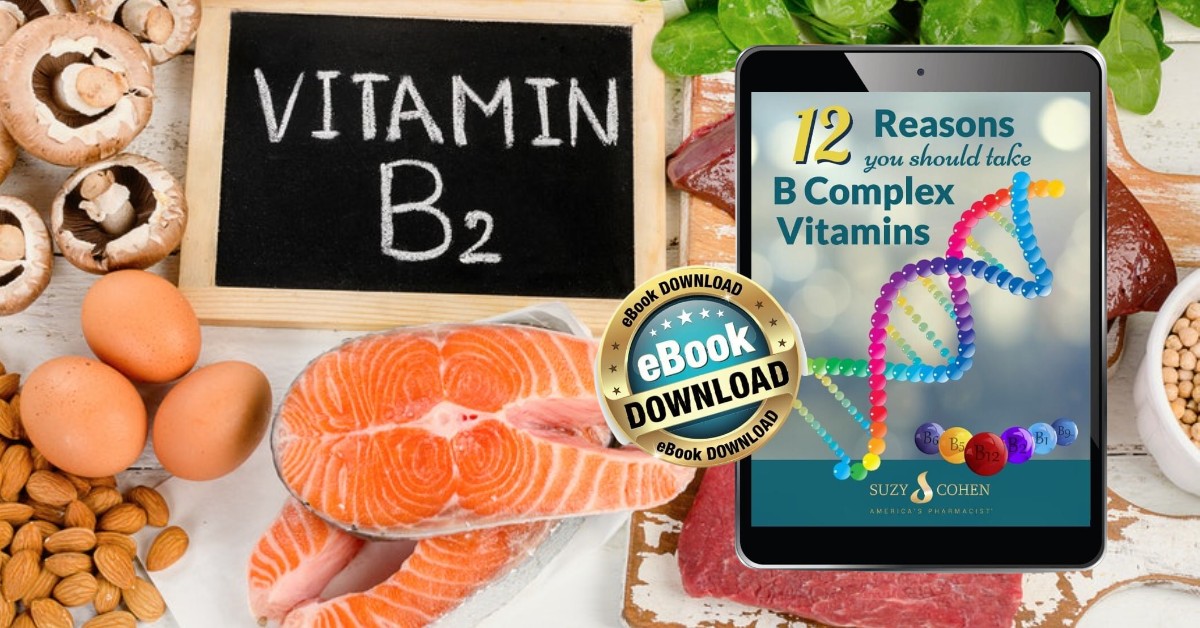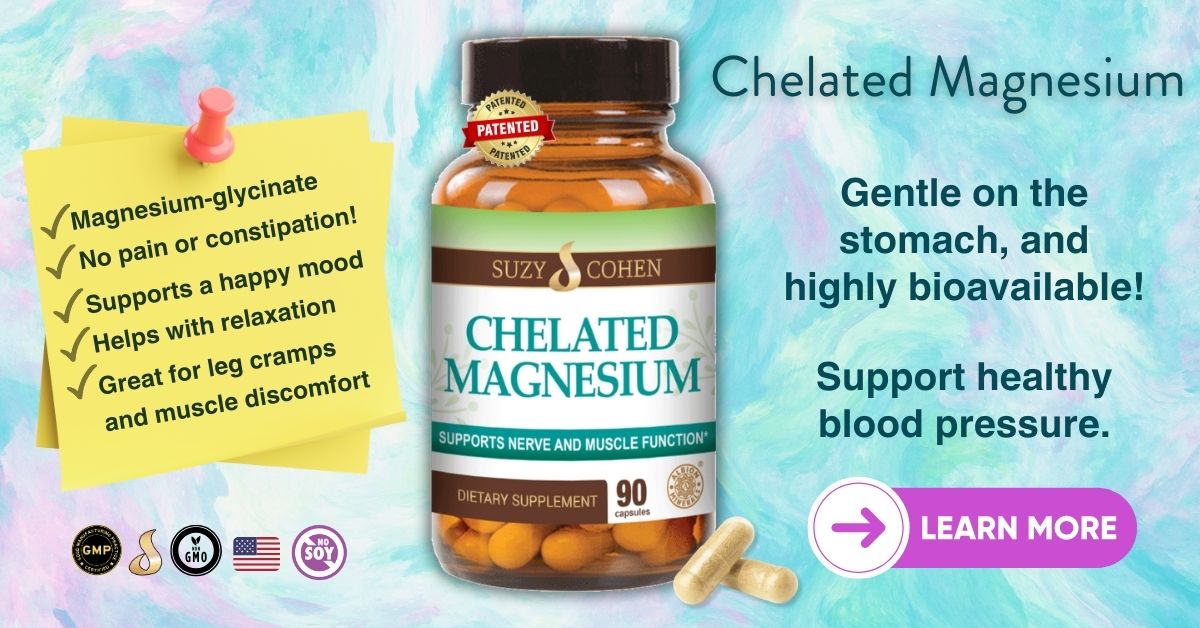What's On This Page?
ToggleLet’s get right to the point on the great toilet paper debate: Which is better to wipe with? Recycled or virgin?
The reason I’m writing this is because I was asked to cover this topic after writing, Rethinking Paper Towels: 5 Reasons to Limit Use.
Picture this: You’re in the store, faced with the decision that’s seemingly as simple as choosing toilet paper but turns out to be a crossroads between environmental stewardship and personal comfort. Hmm, harder than it seems!
Recycled toilet paper is the eco-friendly champion, promising to lessen our ecological footprint one flush at a time. It’s about making peace with the planet, saving trees, and conserving water. Who would say no to that?!
Then there’s virgin clean, white toilet paper, the epitome of luxurious softness and strength, delivering that plush experience we’ve come to love. Imagine squeezing the Charmin! 😂
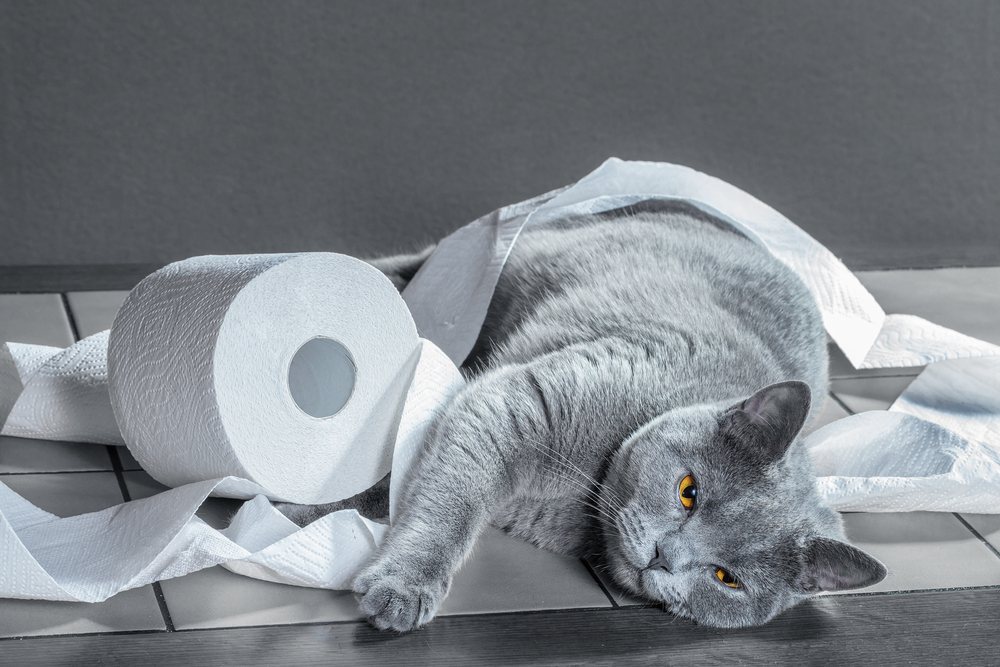 In this article, I’ll peel back the layers on both options, focusing on their environmental impacts, health implications, and yes, the ‘feel’ factor. Whether you’re a green warrior ready to make a switch or simply curious about what’s best for your bum, I’m here to guide you through it. Are you ready to roll?
In this article, I’ll peel back the layers on both options, focusing on their environmental impacts, health implications, and yes, the ‘feel’ factor. Whether you’re a green warrior ready to make a switch or simply curious about what’s best for your bum, I’m here to guide you through it. Are you ready to roll?
Which is Better? The Great Debate:
A lot of people think buying recycled is better for the environment, but I am uncertain now. I’m not anti-recycled paper, it’s just what I buy. I’ve been asked why so I’m going to share what I know about toilet paper, as well as baby wipes, flushable adult wipes, facial tissues and more.
I’m not a fan of recycled toilet paper. It’s because some recycled brands might be using harsh chemicals that I don’t want to be exposed to simply because it’s “sustainable” for the environment. But is it really? You can decide in the next few minutes.
Let’s start with the basics, does toilet paper ‘grow on trees’? Yes, but the trees differ. Sometimes they use maple or oak trees, and sometimes pine, fir or evergreens. It’s usually a combination. When you’re talking about recycled paper, the need for cutting a tree down is no longer required because they use recycled paper goods to make it.
To make recycled toilet paper you need a lot more time, and it is more difficult to get the colors out of the pulp. Let me explain to the best of my knowledge both processes.
To make NEW toilet paper:
The wood pulp is cooked at 340 degrees (usually in some sodium hydroxide or sodium sulfide) for 2 hours – a process which breaks down the lignins that keeps wood solid. Then it is bleached because people like white toilet paper. Nowadays, some brands use a chlorine-free type of bleach keeping the environment in mind, but from what I heard from a person that actually worked in this industry, actual BLEACH “and lots of it” is used to whiten the toilet paper, and she said that bleach is a softener.
After that, toilet paper material is softened to make it more pliable. Rarely, as an option, a company will add perfume or lotion to the process (they perfume the core of the roll), but this is not a popular thing. If you are a woman, I do not recommend scented toilet paper, and my guess is neither does the Journal of the American Medical Assocation.
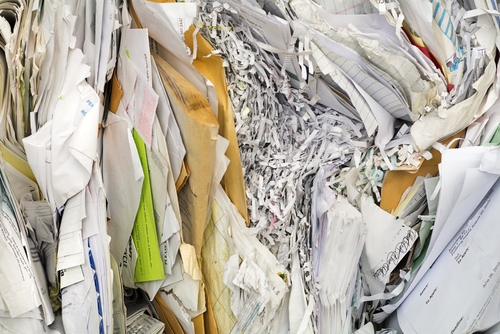
To make RECYCLED toilet paper:
The general process of creating a roll of recycled toilet paper is a little more time-consuming and difficult as compared to new. Instead of using trees for the wood pulp, the makers use items that people have used before things like newspapers, magazines, cardboard packaging, and all sorts of paper items (think flyers, junk mail, paper plates etc). These are items that consumers like you and me have sent to the recycling bin.
Consequently, due to the presence of ink, dyes, and paints on these items, they undergo a deinking process. This process requires a combination of soaps, chemicals, and friction. After that, the recycled paper has to be bleached and just like new toilet paper, the companies usually use bleach, and on some occasions, they use chlorine-free chemicals like hydrogen peroxide or perhaps ozone, or other.
Finally, other chemicals go into the paper material similar to virgin toilet paper. So they may add binders or softeners, and other additives to create the type of feel that customers expect. Because they are starting out with various different recycled paper products, more chemicals are needed to create the ‘feel’ and specific softness that customers expect. Also, more bleach is needed to make it white.
Aside from de-inking agents to get the color off recycled paper plates/magazines etc, toilet paper contains a lot of different chemicals, some of which are considered “forever” chemicals. This often comes as a shock to people who never think twice about this important household item.
Even TIME Magazine wrote an article entitled, “Now We Need to Worry About Harmful ‘Forever Chemicals’ in Our Toilet Paper Too.”
And it’s not just toilet paper, it’s in baby wipes, flushable adult wipes, facial tissue, and paper towels. Take a look at this shocking ARTICLE if you have even one extra minute! BPAs have been detected in some recycled papers and these chemicals are hormone disruptors.
Toilet paper makers add some of the following chemical categories, and each brand differs in which chemicals it uses. But all of them have the ability to penetrate through your skin:
1. Binders or Wet-strength Resins: Polyamidoamine-epichlorohydrin (PAE) resins may be added to increase the strength of the paper, so it holds up when it gets wet. There are many other binders not listed here.
2. Softeners: On occasion a brand may “infused with lotion” or aloe to their paper because it enhances softness. These make the toilet roll softer, and it’s usually made with petroleum-based mineral oils. You see that sort of thing more with paper tissues like facial tissue.
That said, if you have constipation, you may prefer to use NON recycled toilet paper because it is softer to the skin. Speaking of constipation, read 7 Impressive Natural Remedies for Constipation.
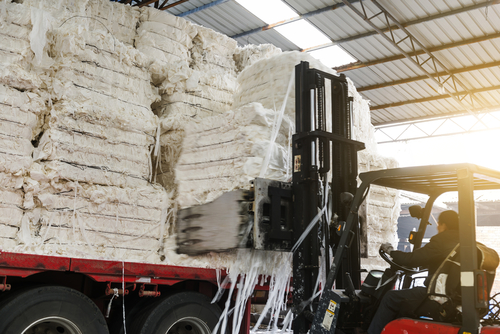
3. Bactericides: Sometimes added to prevent microbial growth during storage, especially if the paper has a high recycled content.
4, Perfumes or Lotions: Some brands add mild fragrances or lotions to the cardboard core of the toilet paper roll (not the actual toilet paper itself) for an enhanced user experience. Women should minimize or avoid scented toilet paper if you are prone to vaginal sensitivities. There was also a paper in 2010 about how scented toilet paper can cause chronic vulvar irritation which you can read about HERE.
5. Fillers: These can be added to improve the texture, printability, and opacity of the paper. Common fillers include calcium carbonate, clay and others.
6. Chlorine: Chlorine bleach may be used to bleach the paper so it turns white. This process causes furans and dioxins.
If you’re concerned about specific additives or chemicals, it’s a good practice to check the product’s packaging or the company’s website for detailed information. The challenge here is that some products have undisclosed ingredients, I think that’s my biggest worry. According to this STUDY,
It turns out that the toilet paper we use, encompassing well-known brands distributed all around the world, serves as an additional source of PFAS (meaning “per” and “poly” fluoroalkyl substances). These “forever chemicals,” as they are called are pretty widespread across manufacturing.
It sounds like maybe there are two chemicals right? See the “per- and “poly” words above. But it’s not, these PFAs are a group of almost 15,000 different synthetic chemicals. Point being, toilet paper, even the recycled type has the potential to contain PFAs along with all the other stuff!
And we know they are associated with numerous health problems such as diminished fertility, heightened blood pressure during pregnancy, a higher likelihood of specific cancers, developmental setbacks in children, lower birth weight, hormonal imbalances, increased cholesterol levels, and a weakened immune system.
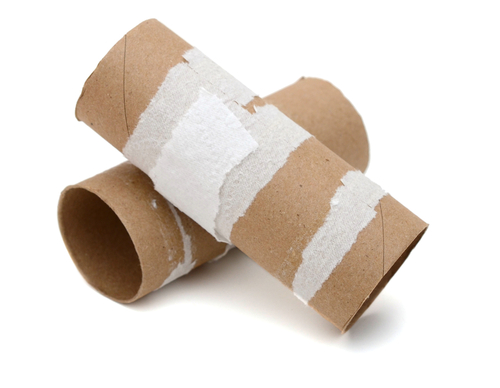
You might have some questions now. Let me try to be psychic and read your mind. Here are questions you might have:
1. Does recycled toilet paper mean it’s made from…used toilet paper?” Let’s clear the air and address the elephant in the room, shall we?
No, that’s not how it works. The makers turn to a variety of other paper products—think old newspapers, magazines, discarded office paper, old toilet paper cores, and those never-ending ad flyers that clutter our mailboxes.
And just in case you were wondering about the fate of used toilet paper, it winds up a treatment facility and goes into the creation of agricultural fertilizers, which then help crops grow.
Other times, it finds its final resting place in landfills. Here’s a fascinating tidbit: researchers are exploring ways to turn clean biosolids into building materials. That’s right, bricks made from treated waste! It’s a concept that might make some squirm, or maybe just me…
2. What is the grossest thing that goes into recycled toilet paper?
The “grossest” aspect, if we can call it that, might be the idea of where the paper comes from, such as old newspapers, junk mail you’ve recycled, and yes, even those greasy pizza boxes or used paper plates that somehow make it into the recycling bin. The used toilet paper rolls/cores may certainly be used to make recycled toilet paper (but not the dirty toilet paper itself)!
These materials undergo a thorough cleaning and de-inking process which I mentioned earlier. This is to remove any contaminants, inks, and, well, leftover bits of yesterday’s lunch! The result is a clean, sanitized pulp that’s then turned into the recycled toilet paper we find on store shelves.
While this may sound a bit off-putting,, the reality is that the recycling process is designed to ensure that the final product is clean and nice.
Let’s compare and contrast these popular brands along with a recycled option to give your readers a well-rounded perspective. Here we go:
Charmin®
- Pros: Charmin is well-known for its softness and strength. It offers various options, including ultra soft and ultra-strong, catering to those who prioritize comfort and durability in their toilet paper. It’s like the luxury sedan of toilet papers—comfortable, reliable, and designed with a premium experience in mind.
- Cons: Due to its premium quality, Charmin tends to be on the pricier side compared to other brands. Additionally, environmental concerns are raised due to it being made from virgin forest fibers, which impacts its sustainability rating.
Cottonelle®
- Pros: Cottonelle stands out for its unique rippled texture, designed to clean more effectively. It balances softness with effectiveness, offering a refreshing experience. Think of it as the versatile crossover vehicle—comfortable, practical, and ready for a bit of everything.
- Cons: Similar to Charmin, Cottonelle is made from virgin fibers, which can be a downside for environmentally conscious consumers. It can also be slightly more expensive than some other brands, reflecting its premium positioning.
Angel Soft®
- Pros: Angel Soft is known for providing a good balance between softness, strength, and affordability. It’s often praised for being budget-friendly without sacrificing quality—like the trusty compact car that gets you where you need to go without breaking the bank.
- Cons: While Angel Soft is more affordable, some users may find it slightly less luxurious compared to Charmin or Cottonelle. Additionally, it’s also made from virgin pulp, raising similar environmental concerns.
Recycled Seventh Generation®
- Pros: Recycled toilet paper brands like Seventh Generation focus on environmental sustainability, using 100% recycled paper. This significantly reduces the impact on forests, water usage, and energy consumption in production.
- Cons: Some users including myself find that recycled toilet paper is just less comfy! It’s not as soft compared to its virgin counterparts, am I right? (It’s a first-world problem, but I think you agree). Another con is about cleanliness, although it’s unfounded, as recycled toilet paper is thoroughly sanitized during production. One more con: it’s not cheap. Some brands of recycled toilet paper are more expensive reflecting the fact that the manufacturing process and time required is more labor intensive, plus more chemicals are used to process it.
Let’s talk about what you see on store shelves. Choosing between Charmin®, Cottonelle®, Angel Soft®, and a recycled brand like Seventh Generation comes down to personal priorities.
Summary
We all want to be mindful of the planet, but let’s flush out the facts one last time.
In today’s eco-conscious world, the choices we make in the bathroom matter. And I’m not just talking about which direction the toilet paper rolls out from (though that’s a debate for another day).
The Pros and Cons of Recycled Toilet Paper
The most obvious advantage is its positive impact on the environment. Let’s face it, we’re putting to good use all that junk mail that the post office brings us. The biggest con is comfort. It just doesn’t feel as soft as virgin toilet paper. An analogy is like your bathroom towels.
Compare how plush a new towel feels when you get out of the shower, to one you’ve had for many years. Both do the job, but one feels better. Finally, another con is that the recycling process involves chemicals, lots of them. These are to remove inks and dyes from the recycled paper goods.
This might affect someone with sensitive skin. Since I am a skincare formulator and I specialize in creating clean, hypoallergenic moisturizers and serums for sensitive or fragile skin ( (see my BEAUTY LINE), I do think certain people should avoid irritating chemicals. Sometimes it’s not what’s in them that matters most, it’s what’s NOT in them! I’m saying that synthetic chemicals can irritate some people’s skin.
I had fun writing this blog. Share it with the people you love. In the end, do you want it to feel soft or be green?
COMMENT on my FACEBOOK page by Marcy Del Pozo —> “I used to work in a very well-known pulp and paper-manufacturing company back in the mid 70s. I worked in every department of my plant, from cleaning out the slushers to prepare for a new batch of pulp – to boxing the finished product being sent to the warehouse for distribution – and all of the pre- and in-between steps. I know a thing or two about how toilet paper is made.
We made TP, facial tissue, paper towels, table napkins, tri-fold towels, printing paper, multi-wall bags (think C&H Sugar bags)… you name it – if it was a paper product – we likely made it. The molded pulp egg carton and the window envelope were invented here. Millions of corrugated cardboard boxes and fruit-harvest boxes were made at my plant. Let me tell you this particular about TP since this is the topic at hand – no matter if the product is new or recycled – it goes through the exact same process to get to the finished product, and it’s a rigorous one.
The “softeners” used is BLEACH – lots and lots of bleach. Bleach is a softener! Whether or not the finished product would be white or colors (we manufactured all the pastels TP and facial tissue back then), bleach is still used. The perfume was never in the paper itself but rather, in the core. The ink used was perfumed and stamped onto the core and yes, that cardboard cylinder in the center of your TP and paper towels is called the core – not a tube.”

Suzy Cohen, has been a licensed pharmacist for over 30 years and believes the best approach to chronic illness is a combination of natural medicine and conventional. She founded her own dietary supplement company specializing in custom-formulas, some of which have patents. With a special focus on functional medicine, thyroid health and drug nutrient depletion, Suzy is the author of several related books including Thyroid Healthy, Drug Muggers, Diabetes Without Drugs, and a nationally syndicated column.
